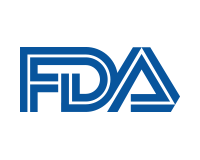United States Department of Health and Human Services

United States Food and Drug Administration: Publications
Date of this Version
2015
Document Type
Article
Citation
Toxicologic Pathology, 43: 760-775, 2015
ISSN: 0192-6233 print / 1533-1601
online DOI: 10.1177/0192623315576005
Abstract
Increased cell proliferation is a central key event in the mode of action for many non-genotoxic carcinogens, and quantitative cell proliferation data play an important role in the cancer risk assessment of many pharmaceutical and environmental compounds. Currently, there is limited unified information on assay standards, reference values, targeted applications, study design issues, and quality control considerations for proliferation data. Here, we review issues in measuring cell proliferation indices, considerations for targeted studies, and applications within current risk assessment frameworks. As the regulatory environment moves toward more prospective evaluations based on quantitative pathway-based models, standardiza- tion of proliferation assays will become an increasingly important part of cancer risk assessment. To help address this development, we also discuss the potential role for proliferation data as a component of alternative carcinogenicity testing models. This information should improve consistency of cell proliferation methods and increase efficiency of targeted testing strategies.
Included in
Dietetics and Clinical Nutrition Commons, Health and Medical Administration Commons, Health Services Administration Commons, Pharmaceutical Preparations Commons, Pharmacy Administration, Policy and Regulation Commons


Comments
U.S. government works are not subject to copyright.